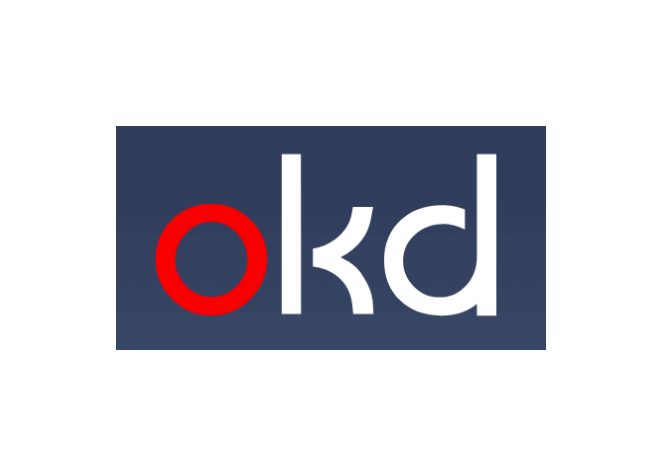
0.0(0)
OKD Administration (OK-ADM)
Disusun oleh Btech
Kursus ini memberikan pengetahuan tentang bagaimana melakukan konfigurasi, pemecahan masalah, dan pengelolaan Platform OKD.
Dengan menggunakan lab praktik, kursus ini menunjukkan kepada peserta bagaimana meninjau instalasi cluster, mengonfigurasinya, dan mengelolanya secara harian serta menyelesaikan masalah pada penyebaran aplikasi dalam kontainer.

Deskripsi
Silabus
Modul 1
Modul 2
Modul 3
Modul 4
Modul 5
Modul 6
Modul 7
Modul 8
Modul 9
Modul 10
Modul 11
Modul 12
Informasi Kursus
| Level | Advanced |
| Akses Course | 1 Tahun |
| Estimasi belajar | 4 Hari |
| Harga Offline |
Rp8.200.000 |
| Harga Online |
Rp7.100.000 |
| Kategori | Cloud |
Benefit
FAQ
ADINUSA Pro Training adalah layanan pelatihan ditujukan untuk para profesional atau karyawan diperusahaan yang ingin meningkatkan kemampuannya.
Ketika perusahaan kustomer bekerja sama dengan kami untuk melaksanakan kegiatan pelatihan.
Pengajar ADINUSA Pro Training merupakan praktisi yang memiliki pengalaman di bidangnya serta sudah tersertifikasi lembaga yang kredibel.
Untuk mengikuti pelatihan di ADINUSA Pro Training dapat menghubungi sales@btech.id
Kegiatan ADINUSA Pro Training dapat dilakukan secara offline atau online dan tempatnya menyesuaikan dengan kebutuhan kustomer.
Jumlah peserta untuk melaksanakan pelatihan minimal 4 orang
Materi yang tersedia dapat dilihat pada katalog ADINUSA Pro Training
Silakan berkonsultasi dengan tim sales kami di sales@btech.id atau +62-811-1123-242.
